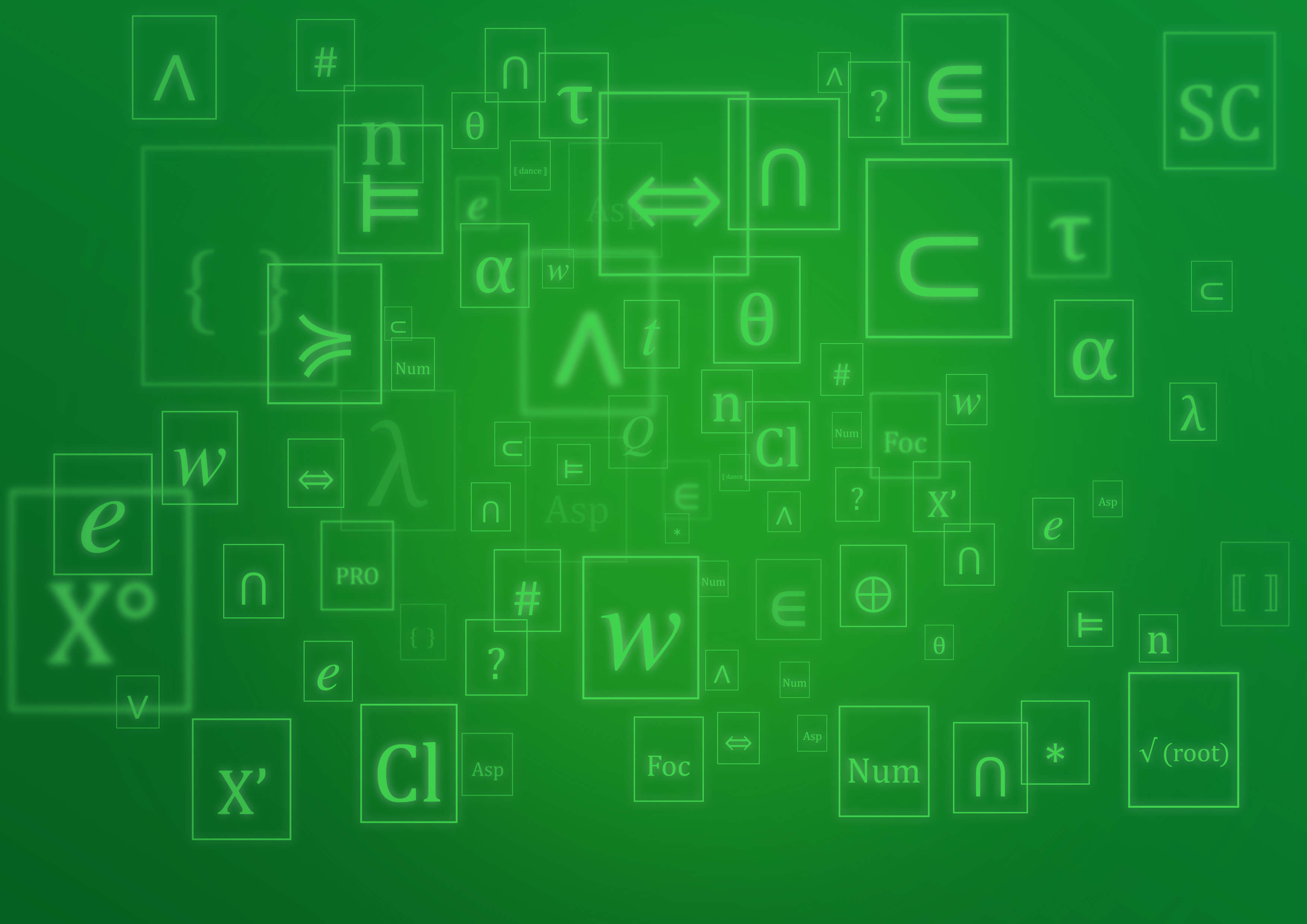
We argue that formal linguistic theory, properly extended, can provide a unifying framework for diverse phenomena beyond traditional linguistic objects. We display applications to pictorial meanings, visual narratives, music, dance, animal communication, and, more abstractly, to logical and non-logical concepts in the ‘language of thought’ and reasoning. In many of these cases, a careful analysis reveals that classic linguistic notions are pervasive across these domains, such as for instance the constituency (or grouping) core principle of syntax, the use of logical variables (for object tracking), or the variety of inference types investigated in semantics/pragmatics. The aim of this overview is to show how the application of formal linguistic concepts and methodology to non-linguistic objects yields non-trivial insights, thus opening the possibility of a general, precise theory of signs. (An appendix, found in the online supplements to this article, surveys applications of Super Linguistics to animal communication.)
philosophy
psychology
reference
compositionality

